Samsung & Samsung Next | Whisk
Conversion Rate Optimization, Lifecycle Marketing, Product Analytics
Case study
Case study
TOOLS USED
Website
TOOLS USED
Website
Whisk calls itself “the ultimate cooking app,” but when it was taken acquired by Samsung Next, the team realized that engagement and adoption rates were far from perfect. They came to us looking for an agency that could help optimize Whisk’s lifecycle program. The following case study demonstrates the process we followed to identify trends and segments and to create individualized experiences across Whisk’s key marketing channels. This case study can help tech entrepreneurs understand how to drive adoption and engagement for their new products.
The Client
Samsung Next is a division of Samsung that provides tech innovators with the capital, resources, expertise, and connections they need to build, grow, and scale their products. One of those innovative companies is Whisk. Whisk was acquired by Samsung and joined Samsung Next’s product team to help businesses build integrated, intelligent, and meaningful food experiences for consumers.
Please note, because of confidentiality, we’re not able to share specifics, however, we will share more about our process, what questions we look to answer, and why they are important.
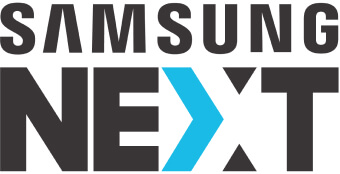
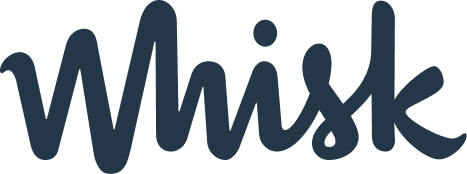
The Opportunity
The Samsung Next team was looking for a team of marketing and CRO experts for Whisk’s lifecycle program.
The Scope
- Troubleshoot technical issues with Mixpanel lifecycle programs
- Conduct cohort analyses to better understand how users interact with Whisk and make recommendations on what makes them stay longer
- Help set up new lifecycle campaigns and A/B test new messaging to increase engagement and retention
The Solution
The Northpeak team began by taking a look under the hood to understand what was currently happening, identifying key areas that needed to be addressed immediately, and creating a roadmap for success.

Technical Issues - Email Deliverability, Onboarding Journey, and Push Notifications
Email Deliverability
We started our email analysis by comparing deliverability of emails across 2 date ranges and were intrigued to see that the latter period had seen a huge spike in hard bounces (a hard bounce being a bad/inactive/undefined mailbox). We uncovered that a key Email Campaign had underperformed because of a black swan incident of Gmail’s servers going down temporarily during the time the campaign was launched.
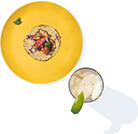
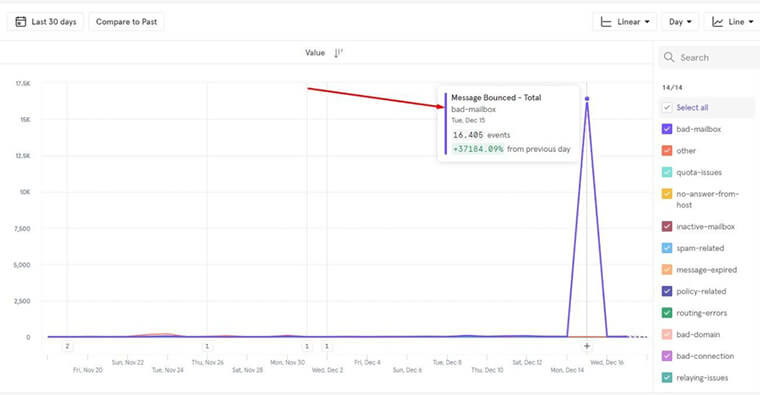
According to Mixpanel’s email delivery policy at the time, if an email is defined as a hard bounce, the address to which the email was sent may automatically be removed from future communications.
Onboarding
Furthermore, this also affected onboarding Journey emails during this time period. Mixpanel stops sending onboarding emails to any user with an email address marked as non-existent.
By finding these issues, we were able to identify a solution. Whisk was able to restore lost email addresses that were marked as “bad-mailbox” due to the Gmail Server issue and re-engage with those users that had not received onboarding Journeys that day.
To avoid bad or inactive emails in the future we also recommended a change in their process to validate all emails before creating a user account. This would be done by sending a confirmation email to the users right after they have created an account (double opt-in). If a user doesn’t validate their email, Whisk would not create the account.
Push Notifications
We also uncovered 694 users with Android devices that would not support in-app notifications. These push notifications did not work on devices that ran Android versions lower than 5.7.0.
To overcome this, we helped Whisk create a cohort of users that have Android versions lower than 5.7.0 and send them an email whenever other users receive a push notification.
Additionally, because android displays notifications in a specific order of importance, some notifications might appear below the fold for certain users. For example, if the only push notification of a device is from Whisk, it will appear right on top. If that device has multiple Urgent or High importance notifications (Whatsapp, FB Messenger etc.), the Whisk notification will be pushed below them. This means that the user might completely miss the notification or just delete it.
There are 4 types of notifications: Urgent, High, Medium, Low. Mixpanel uses the Medium importance by default, which means the user will not hear a sound when they receive the push notification.
We helped Whisk change the order of importance of these notifications and set its importance to High, so that future notifications will be pushed above others.
Lifecycle Cohorts
We conducted a Lifecycle Cohort analysis on existing campaigns to better understand how users interact with Whisk and on what makes them stay longer. We first created and defined 4 cohorts of users: New, Retained, Resurrected, and Dormant.
Example logic
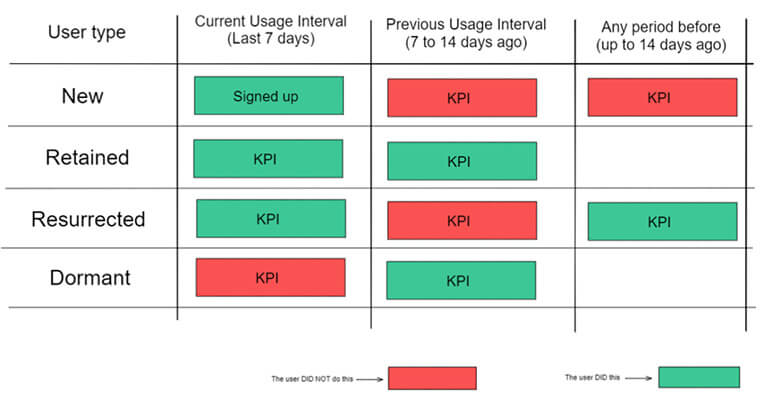
A powerful outcome of the Lifecycle Cohort analysis was that we were now able to observe trend lines of new, returning, dormant, and resurrected users over time. This allowed us to overlay that information with marketing campaigns and understand their impact.
Furthermore, we were able to see how many new users join compared to how many people stop using the app. This allowed us to see if Whisk’s user base was growing or shrinking and at what periods.
An additional recommendation we made was to create a simple drip campaign focused on reactivating dormant users right after they enter this cohort, but at least 3 weeks after they have signed up. We knew that testing highly actionable emails such as popular or recommended recipes that users can easily save, according to their diet preferences and favorite cuisines, would be powerful reengagement content.
Engagement Cohorts
Additionally, we also analyzed Engagement Cohorts to better understand why and how users move from one cohort to another. The basic premise being that you should treat a customer who engages with your app once or twice in a week differently from a customer who engages with your app over, say, seven times.
Here are a couple powerful learnings:

- 5%
Converting just 5% of dormant users to engaged users would double the number of people that use Whisk every week.
- 3 times
Once a user starts to engage
with Whisk at least 3 times a
week, they are much more
likely to become a power
user.
with Whisk at least 3 times a
week, they are much more
likely to become a power
user.
Going beyond Lifecycle Cohorts
You should also define the different consumer types and their user stories, understand their behavior, and personalize onboarding communication based on early behavior and preferences.
You should also define the different consumer types and their user stories, understand their behavior, and personalize onboarding communication based on early behavior and preferences.
Apart from looking at users as new vs existing vs dormant, or power vs core vs casual, each user has different intentions and you should look to create additional cohorts based on user characteristics and events.
For example, you may learn that most users can be broken into chefs, learners, and dabblers. You may learn that users who save a recipe AND create a shopping list within their first week resemble intermediate to advanced ‘chefs’. Based on their characteristics and behavior, you can tailor a personalized onboarding experience during their 2nd week.
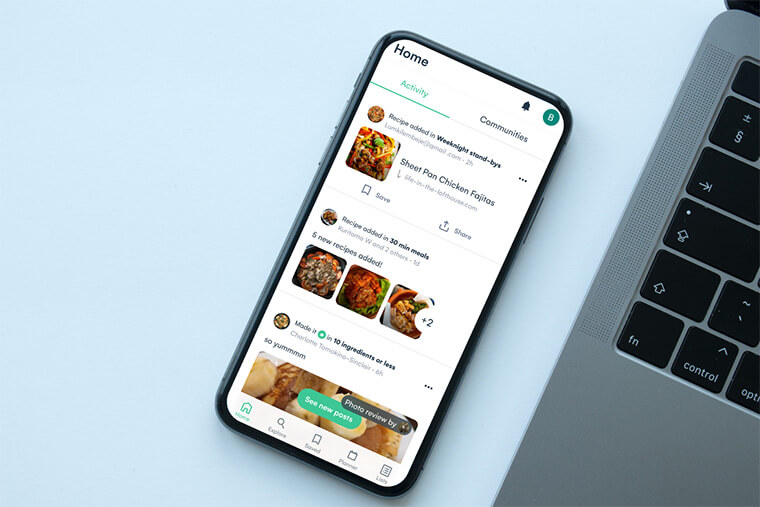
Creating new lifecycle campaigns and A/B testing existing campaigns
We determined it was extremely important to activate a user during their first week in order for them to continue using Whisk. The current Onboarding Journey featured 8 emails spread across 2 weeks.
A new user would receive 4 emails during their first week (the welcome email, a specific campaign, and two helpful tip emails) but we realized these users were not receiving any push notifications.
In order for them to come back to Whisk, they either have to remember to launch the app or check their email and launch the app. With this in mind, we noticed a low hanging opportunity to use the current email onboarding flow and translate it into push notifications.
Whisk would need to send one new push notification each day to move the needle, starting with the second day after a user has first installed Whisk. At the same time, to prevent spamming people, if the user did not open the last 2 push notifications, they would not receive a new one for at least a week.
To set up this journey, we created a cohort of people that received at least 2 notifications but did not open the app in the last 3 days. Remember, your users don’t have to open your app directly from a push notification. Even if they dismiss all notifications, they are more likely to remember they’ve installed your app and therefore are more likely to launch the app directly from the app drawer. Of course, there is a line and you want to cross it.
Engagement Based Journey
It’s important to target users based on their behavior. If someone is a power user, they should receive different types of emails compared to someone that uses Whisk once or twice a week.
For example, for “Casual” users who were looking to turn into “Power” users, we recommended sending the Casual cohort of users an email focused on the benefits of Whisk communities, how to save time with shopping lists, and more advanced meal plan features.

Conclusion
Part of the goal of CRO and Lifecycle Marketing is to identify trends and segments and to create individualized experiences across key marketing channels.
Of course, you need to have the data to analyze but once you do, it will come down to analyzing and prioritizing tests. The key being, to test. Test different messaging, sequences, and time durations.
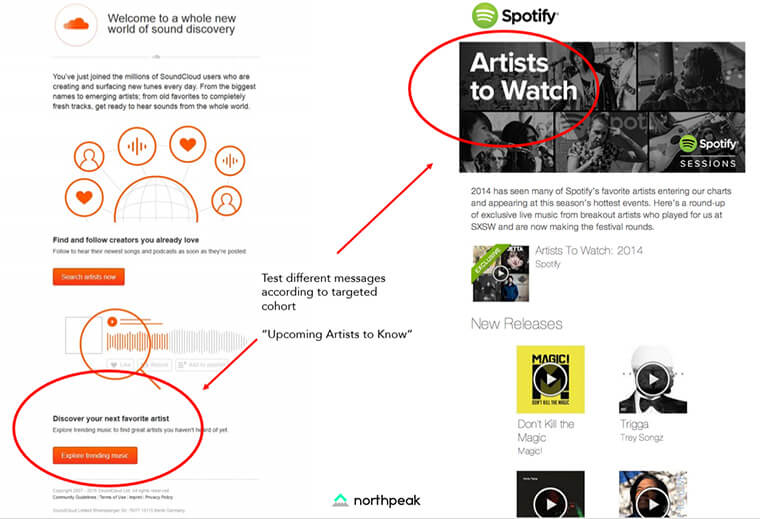
Also underrated for many growing companies—talk to users who went through your onboarding but stopped using the app. Understand why these users were drawn to your app. What do they like/love and what do they wish they could do?
At the end of the day you really want to help users live better lives and it’s not necessarily about focusing on a push notification or some cool gif that shows a user how to save a recipe. Although it is important, it’s more productive to think about why a user would save a recipe and how we can best serve them. The message should always be about or tie back to helping users be better and ultimately find their best version.
The Results
After 6 months from website resdesign to implementation of a growth strategy, Northpeak succeeded in creating a intuitive website experience and positioning iReportSource to take advantage of online growth using a SaaS business model.
“We were very impressed with Navi and Northpeak. Their work was really thorough and we were able to identify major areas for improvement.”

Clare O'Brien, Senior Product Marketing Manager
